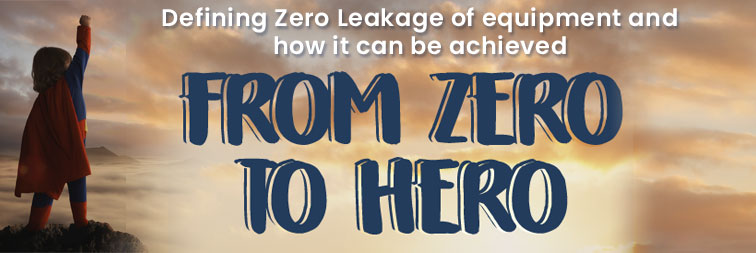Houston, Texas (February 9, 2020)

Pressure relief devices (PRDs) are designed to ensure the protection of life, property, and equipment from the occurrence of unexpected overpressure events in refineries. However, this safety has historically come at the expense of unwanted environmental emissions and costly loss of process from leaking PRDs.
Pilot-Operated Pressure Relief Valves (POPRV) offer significant advantages over traditional PRDs including reduced emissions, improved operating efficiency, and increased profitability by allowing users to operate their system closer to set pressure while ensuring ‘zero leakage’ during normal operation, even at operating pressures as high as 99% of set pressure.
But how is ‘zero leakage’ defined by the industry and, more importantly, how can it truly be achieved?
In this article published as a cover story in the February 2020 edition of Hydrocarbon Engineering, author Brian Burkhart, Sr. Product Manager Consolidated product line, seeks to define ‘zero leakage’ of equipment and outlines how it can be achieved.
To find your local channel partner, please follow this link to our channel finder page.
Check out the new publication in the February 2020 edition of Hydrocarbon Engineering.
For more information on Baker Hughes portfolio of valve products, please visit our website
https://valves.bakerhughes.com
Baker Hughes (NYSE: BKR) is an energy technology company that provides solutions to energy and industrial customers worldwide. Built on a century of experience and with operations in over 120 countries, our innovative technologies and services are taking energy forward – making it safer, cleaner and more efficient for people and the planet. Visit us at bakerhughes.com

Author: Brian Burkhart, Sr. Product Manager, Consolidated product line, Baker Hughes